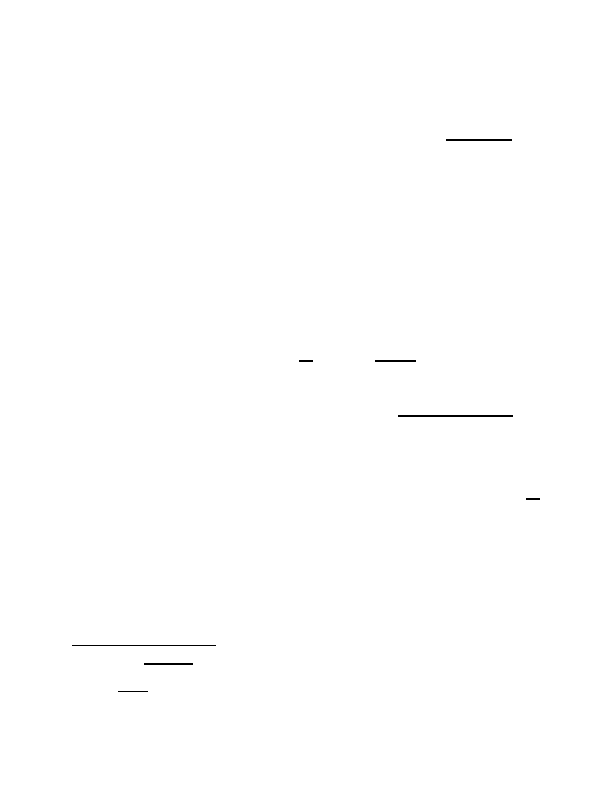
Second, the Supreme Court language upon which the dissents rely
offers no
warrant for rewriting the 1793 Act. To be sure, Congress intended the courts to have
some latitude in interpreting § 101 to cover emerging technologies, Chakrabarty, 447
U.S. at 316, and the categorical terms chosen are sufficiently broad to encompass a
wide range of new technologies. But there is no evidence that Congress intended to
confer upon the courts latitude to extend the categories of patentable subject matter in a
significant way. To the contrary, the Supreme Court made clear that “Congress has
performed its constitutional role in defining patentable subject matter in § 101; we
perform ours in construing the language Congress has employed. In so doing, our
obligation is to take statutes as we find them, guided, if ambiguity appears, by the
legislative history and statutory purpose.” Id. at 315. In Benson, the Court rejected the
argument that its decision would “freeze process patents to old technologies, leaving no
room for the revelations of the new, onrushing technology.” Gottschalk v. Benson, 409
U.S. 63, 71 (1972). Instead, the Court explained that it “may be that the patent laws
should be extended to cover [such onrushing technology], a policy matter to which we
are not competent to speak” but that “considered action by the Congress is needed.” Id.
at 72-73.
Third, we are not dealing here with a type of subject matter unknown in 1793.
One commentator has noted:
15
See, e.g., Newman, J., dissenting op. at 10 (“‘[C]ourts should not read into
the patent laws limitations and conditions which the legislature has not expressed.’”
(quoting Diehr, 450 U.S. at 182)); Rader, J., dissenting op. at 3 (same).
2007-1130 14

